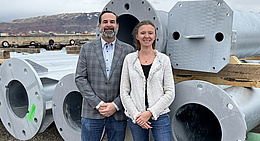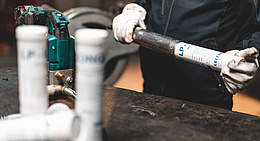Some bold proposals for the construction of a cable car in Berchtesgaden were made before the First World War already. One idea was to construct a ropeway from St. Bartholomä on the shore of the Königsee to one of the Watzmann peaks via the highest face of the Eastern Alps, the 2,000 m high Watzmann east face. But this and other projects for ropeway access to the virgin terrain of the central mountain range of the Berchtesgaden Alps were ultimately rejected.
First ropeway for Berchtesgaden
After the 2nd World War, Berchtesgaden wanted to exploit the tourism potential of one of the most beautiful mountain landscapes in Germany and build on the reputation it had established as a tourist resort before the war. In April 1949, Berchtesgadener Bergbahn GmbH was founded with the aim of constructing the Jennerbahn from Schönau am Königsee (see ISR 6/2019, pp. 14-16). One of the initiators and founders of the company was the well-known German mountaineer, mountain rescuer, skier and ski jumper Josef Aschauer from Berchtesgaden. When the company failed to raise enough capital to construct the Jennerbahn, the smaller Obersalzbergbahn was built as a pilot in 1950. The Jennerbahn itself was not completed until three years later.
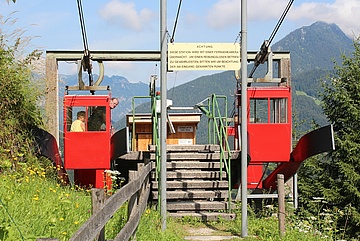
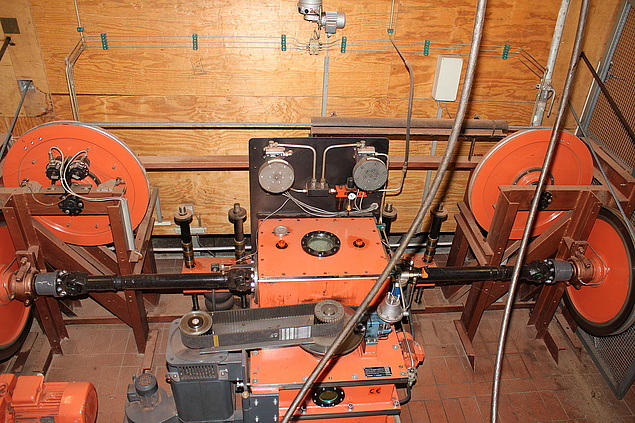
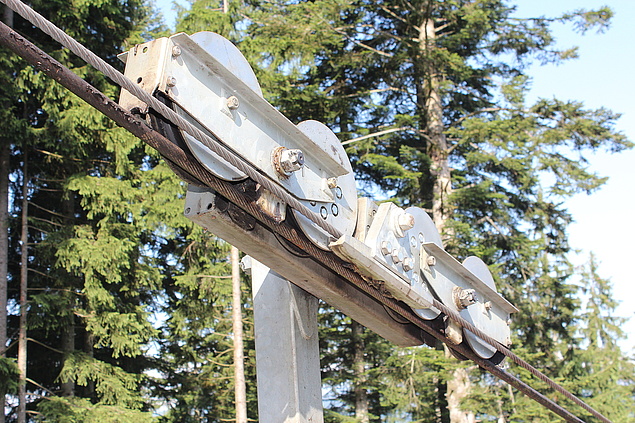
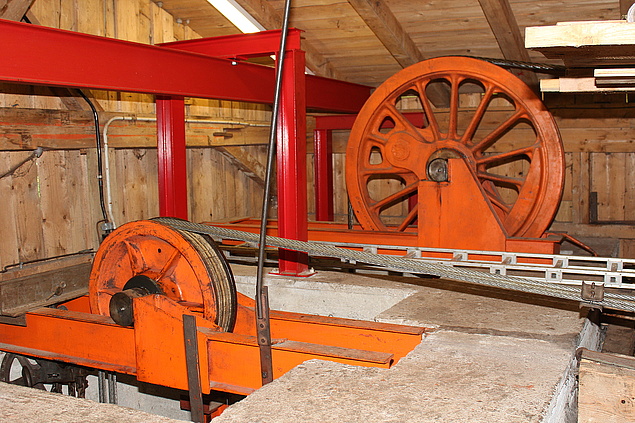
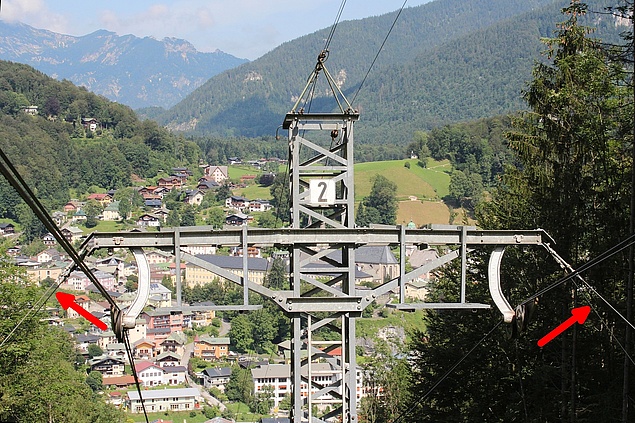
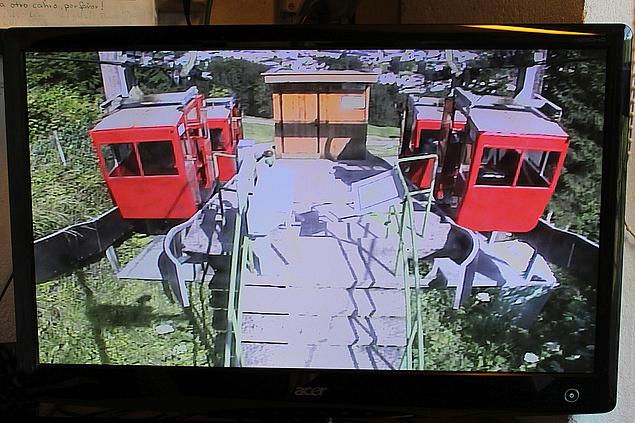
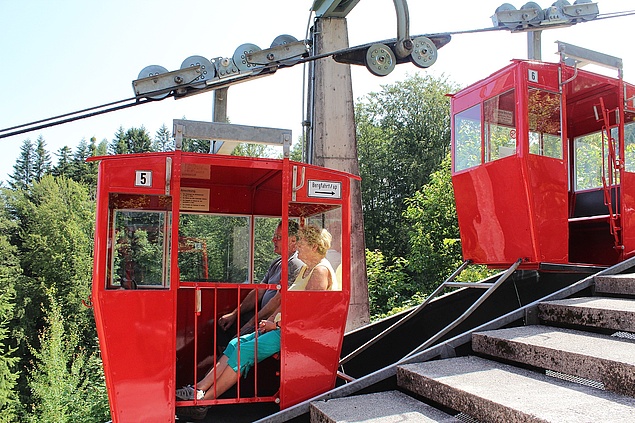
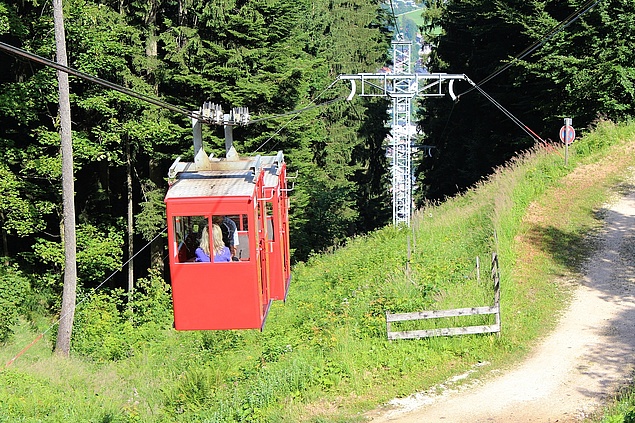

![[Translate to English:] Foto: Leitner](/fileadmin/_processed_/a/8/csm_Vertragsunterzeichnung_Narvik_6_copyright_LEITNER_print_501f2d5c24.jpg)
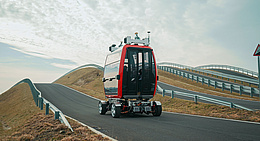
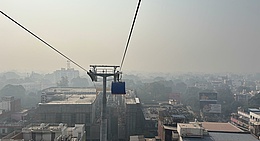
![[Translate to English:] (c) Doppelmayr](/fileadmin/_processed_/b/3/csm_85-ATW_Stechelberg-Muerren_Lauterbrunnen_CHE_001_6442c0520d.jpg)


